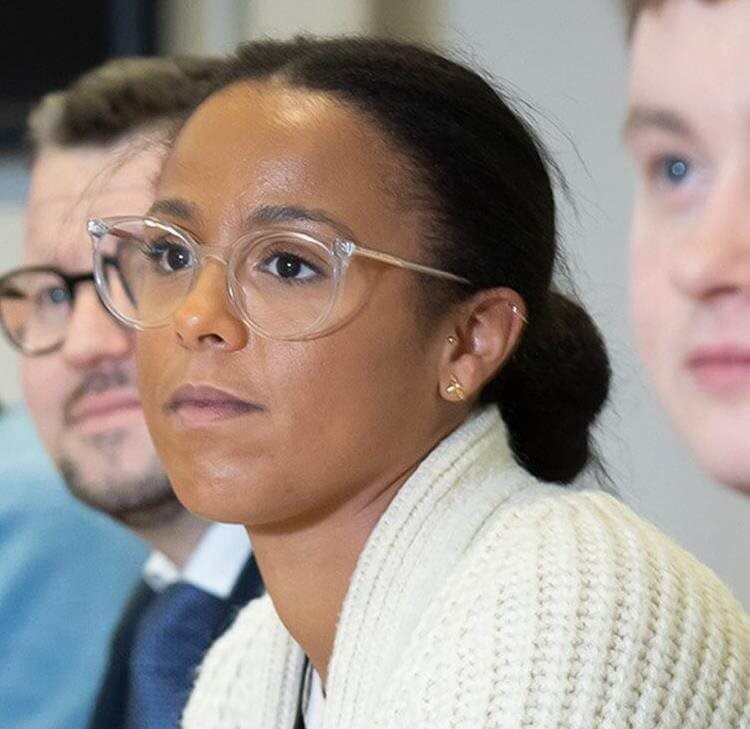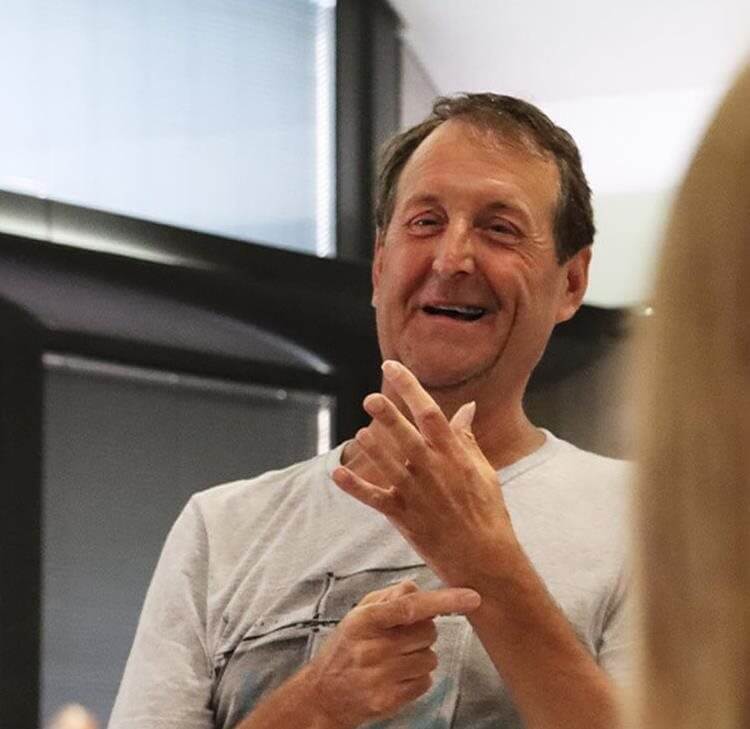Clarification in Psychiatric Secondary Victim Claims: Proximity in “Omission” Cases
Charles Bagot QC and Browne Jacobson LLP, instructed by NHS Resolution on behalf of The Royal Wolverhampton NHS Trust, secured the strike out of two secondary victim claims.
Charles Bagot QC and Browne Jacobson LLP, instructed by NHS Resolution on behalf of The Royal Wolverhampton NHS Trust, secured the strike out of two secondary victim claims. The decision clarifies how the proximity test should be applied in clinical negligence cases where there is a time gap between a negligent omission and a subsequent shocking event.
Mr Paul was investigated by the Trust for chest pains in November 2012. He was subsequently discharged. Sadly, in January 2014, whilst out shopping with two of his children, he suffered a cardiac arrest. His collapse was witnessed by his children, who also observed paramedics attending the scene and performing chest compressions on their father. Mr Paul was conveyed to hospital by ambulance where it was felt that future resuscitation attempts would be futile and he was pronounced dead.
The key issue was whether the Trust could be held responsible for any psychiatric injuries suffered by the children as a consequence of witnessing the collapse. The children had not witnessed the events of Mr Paul’s November 2012 hospital admission.
The Claimants contended that Mr Paul’s collapse was the first appreciable manifestation of the Defendant’s alleged breach of duty and that this was sufficient to meet the proximity test. The Trust denied legal proximity between the alleged failures to treat Mr Paul in November 2012 and his subsequent collapse in January 2014.
Master Cook concluded that ‘To focus simply on the death of Mr Paul as being the first point at which the consequence of the Defendant’s negligence became apparent is not an approach which is supported by the authorities. To do so overlooks entirely that there must be a proximate connection between the initial negligence and the shocking event. It is this proximity in space and time that allowed Lord Oliver to impose the duty of care in Alcock and was described by Lord Dyson MR in Taylor v A Novo as “ a necessary, but not sufficient, condition of legal proximity” . It is this proximity which has been found to exist in all successful secondary victim claims including Walters and it is the lack of such proximity which explains why the claims in cases such as Taylor v Somerset Health Authority and Taylor v A Novo failed.”
“Mr Paul’s tragic death 14 ½ months after the negligent incident, in circumstances separated in space and time from the negligence I must assume occurred in the hospital, cannot possibly be said to be the “relevant event” for deciding the proximity required to establish liability under the established control mechanisms”. Master Cook concluded that the two secondary victim claims were bound to fail and the claims were struck out.
The decision re-affirms the approaches adopted in Taylor v Novo and Taylor v Somerset Health Authority and the requirement for the shocking ‘event’ in question to be proximate to the (alleged) negligence.
Contact

Mark Hickson
Head of Business Development
onlineteaminbox@brownejacobson.com
+44 (0)370 270 6000








































